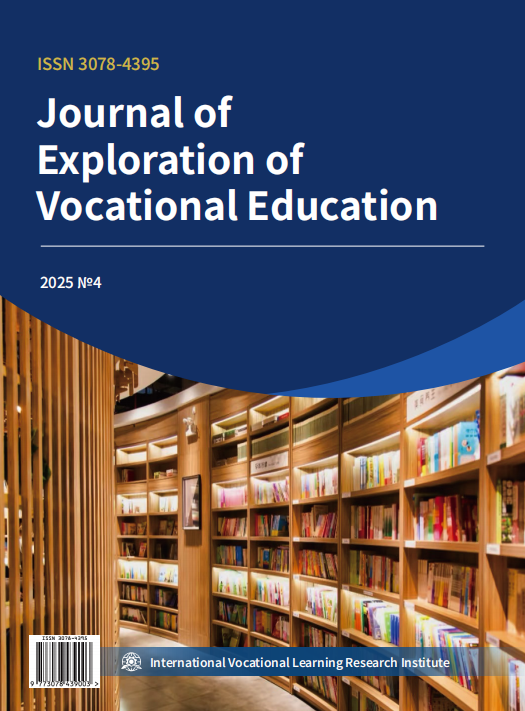Published 2025-09-01
Keywords
- Peer-assisted learning; Respiratory physiology; Autonomous learning; Team collaborative learning; Teaching reform
How to Cite
Abstract
Background Physiology is an important basic subject of medical education. Its content is abstract and complex, which often leads to students ' learning difficulties. In order to better grasp the knowledge of physiology, this study adopts the innovative teaching mode of Peer-assisted learning ( PAL ), namely " teacher intensive teaching-test feedback-student mutual teaching-personalized counseling, " combined with traditional teaching, applied to the chapter of respiratory physiology, to solve the problems in students ' learning, improve the teaching quality and students ' learning initiative, and provide new practical methods for improving the teaching effect of medical physiology. Objective To enhance students' learning initiative and improve the teaching quality of physiology, this study explores the application of Peer-Assisted Learning (PAL) in teaching practice, using respiratory physiology as an example. Method This study involved 240 clinical undergraduate students, who were divided into a control group (CN, n=120) and an experimental group (EP, n=120). The experimental group was further subdivided into 10 teams with 12 students each. A team-based teaching approach was adopted, where the learning content was modularized. Before class, the instructor provided study materials and posed questions. During class (8 credit hours), students presented, summarized, and discussed key concepts in respiratory physiology. Result The data showed that the total score of the experimental group was 7.8% higher than the control group's (P<0.05), and the number of correct answers was significantly higher than the control group (P<0.05 ). There was no difference in the number of wrong answers, but the number of non-answer questions was significantly reduced. The satisfaction of learning methods was significantly improved (P<0.01), and the satisfaction of students ' communication ability and teaching effect was also significantly improved (P<0.01). The application of PAL students won the third place in the Chinese mainland group of the international physiology competition. Conclusion PAL effectively enhances students' self-directed learning ability and stimulates their interest in physiology, demonstrating significant value in physiology education.
